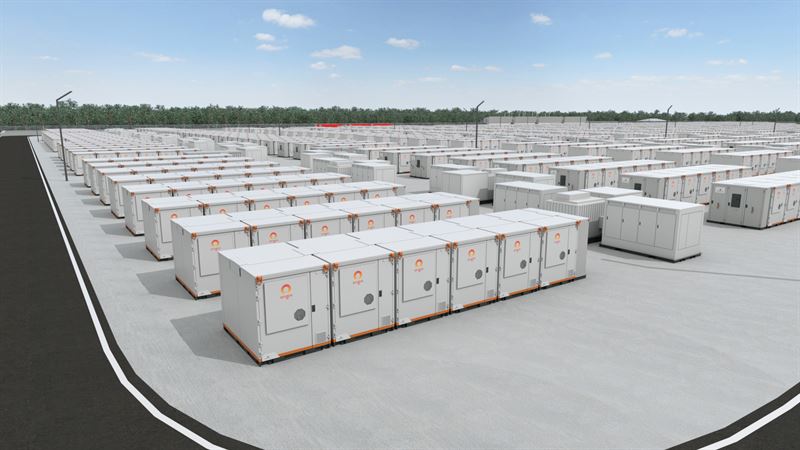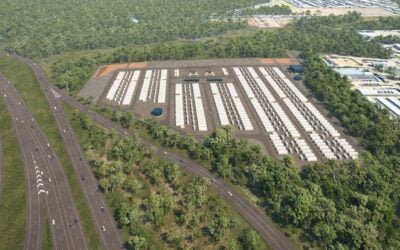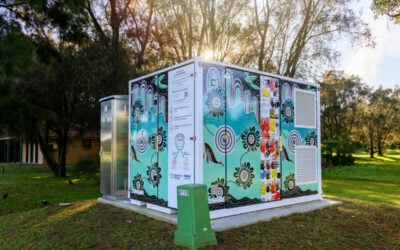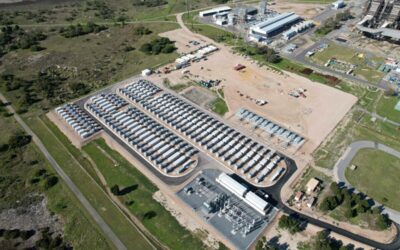
Australian utility Origin Energy is set to focus on energy storage and renewable energy generation, announcing last week (3 October) it will exit the hydrogen market due to a lack of pace in its development.
Revealed yesterday (3 October), Origin said it will exit the pursuit of its Hunter Valley Hydrogen Hub, highlighting the “risks associated with developing capital-intensive projects of this nature”.
First announced in 2022, the hub was powered by a combination of grid-connected electricity, local solar PV power plants, and wind farms. It was to be developed on Koorgang Island, north of Newcastle, New South Wales.
Origin Energy said that it remains open to exploring commercial options for the Hunter Valley Hydrogen Hub but for the time being intends to cease work on all hydrogen development opportunities.
Try Premium for just $1
- Full premium access for the first month at only $1
- Converts to an annual rate after 30 days unless cancelled
- Cancel anytime during the trial period
Premium Benefits
- Expert industry analysis and interviews
- Digital access to PV Tech Power journal
- Exclusive event discounts
Or get the full Premium subscription right away
Or continue reading this article for free
Despite the company pulling out of the hydrogen market, Origin Energy’s CEO Frank Calabria still believes hydrogen could play a role in the future energy mix but admitted the market is developing slower than anticipated.
“It has become clear that the hydrogen market is developing more slowly than anticipated, and there remain risks and both input cost and technology advancements to overcome. The combination of these factors mean we are unable to see a current pathway to take a final investment decision on the project,” Calabria said.
“Ultimately, we believe investments focussed on renewable energy and storage can best support the decarbonisation of energy supply and underpin energy security over the near-term.”
To read the full version of this story, visit PV Tech.





